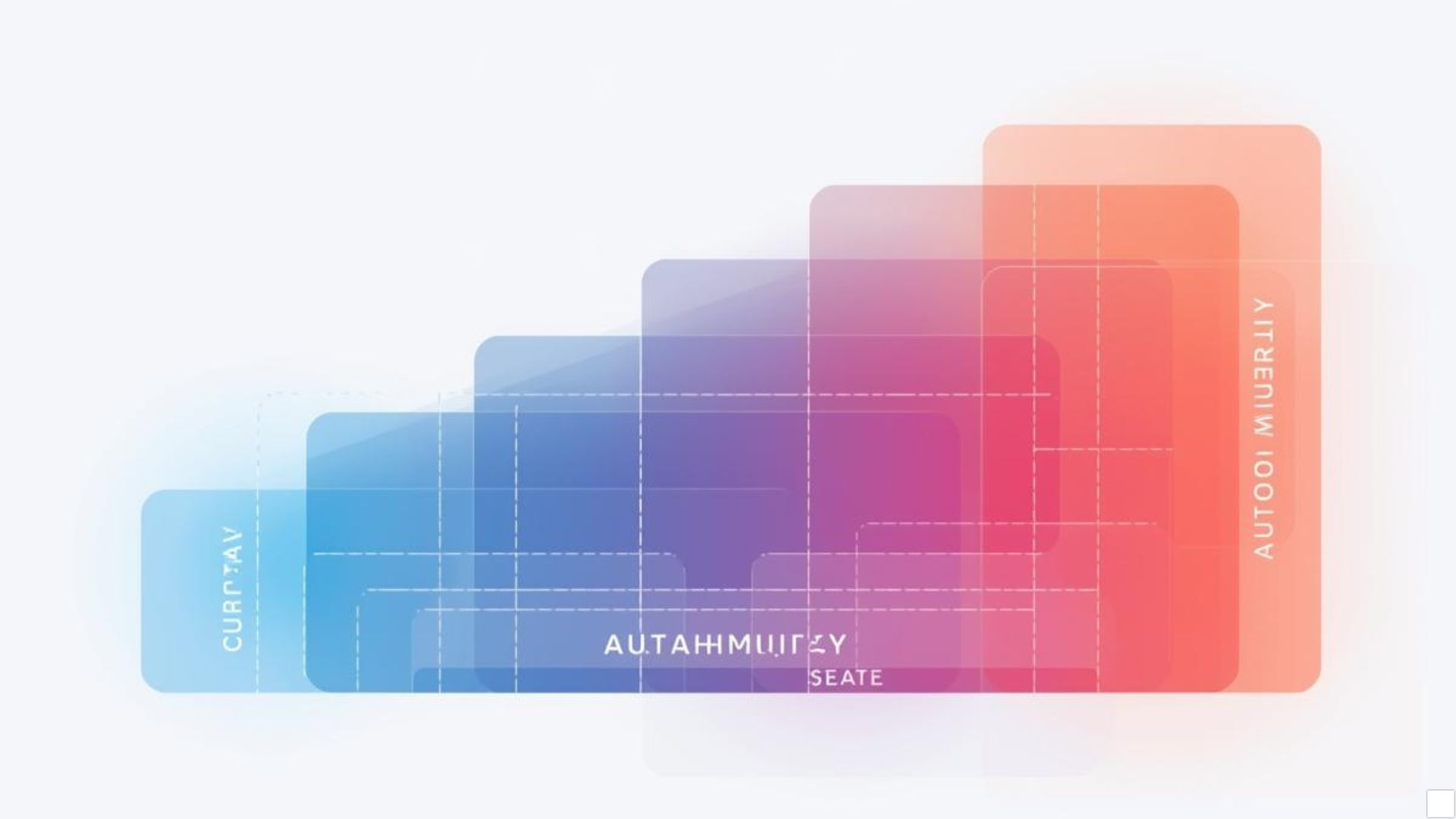The Automation Maturity Curve: Where Your Enterprise Really Stands
By Appbay Technologies — Enterprise Intelligence Series
Every enterprise today claims to be “automated.”
But when you look closer, very few actually are.
Most have automated tasks, not thinking.
They’ve digitized workflows, but not decisions.
They’ve removed manual effort, but not human dependency.
And that’s the reality of modern enterprise automation: many organizations believe they’ve reached digital maturity — when, in truth, they’re only halfway there.
The Automation Maturity Curve helps leaders see where they really stand — and what it takes to move from process efficiency to decision intelligence.
Automation Is a Journey, Not a Switch
Too often, “automation” is treated like a checkbox — a one-time initiative that ends once a few processes go digital or an RPA pilot goes live.
But real automation is evolutionary, not binary.
It unfolds across stages of maturity — from manual operations to intelligent, adaptive systems.
At the base of the curve, workflows are digital but disconnected.
Midway, automation helps speed up execution but still relies on humans for oversight.
At the top, intelligent systems make decisions, learn continuously, and adapt in real time.
The challenge for CIOs is identifying where they are on this curve — and what’s holding them back from moving upward.
The Illusion of Being “Automated”
Installing bots, digitizing forms, or deploying low-code workflows does not equal automation maturity.
Those are enablers — not outcomes.
If your team still spends hours reviewing reports, validating data, or manually approving exceptions…
If your workflows break when rules change…
If your systems can’t explain why a decision was made…
Then your enterprise is still operating in Phase 2 of the automation curve — efficient, but not intelligent.
Automation stops adding value when it’s just doing faster what people used to do.
It becomes transformative only when it starts making better decisions than human-driven processes ever could.
The New Benchmark: From Speed to Intelligence
In the early days, automation success was measured by speed — “how much faster can we complete a process?”
Now, leaders are asking a better question:
#How intelligently can our systems decide, adapt, and improve?
That shift — from doing work faster to making work smarter — defines the new maturity curve.
Modern enterprise platforms like Appian are built for this evolution.
They unify three key capabilities in one architecture:
- Workflow orchestration — connecting people, systems, and AI across processes.
- AI-driven decisioning — turning data into context-aware insights and actions.
- Data fabric integration — enabling live, trusted data without duplication or delay.
Together, these layers create intelligent automation ecosystems — where data, process, and decision-making work seamlessly as one.
Signs of High Automation Maturity
Wondering where your enterprise stands?
Here’s how mature automation looks in practice:
- Processes are adaptive, not static. Workflows change automatically as data or policies evolve.
- AI supports decisions, not just operations. Systems recommend next actions based on live context.
- Data is connected, not copied. Teams work from one trusted source of truth.
- People handle exceptions, not execution. Automation manages 80% of cases autonomously.
- Change happens in days, not months. Business logic updates instantly across the organization.
These are the hallmarks of enterprises that have climbed to the top of the automation curve — and are now entering the era of intelligent orchestration.
Why Knowing Your Position Matters
Automation maturity is no longer optional — it’s a competitive differentiator.
The distance between insight and action defines how fast your business can react, adapt, and grow.
CIOs and transformation leaders who understand their current maturity level can prioritize better:
- Focus investments on decision automation, not just process automation.
- Build data fabrics to eliminate silos.
- Embed AI into workflows for proactive, not reactive, intelligence.
- Redesign teams to manage automation governance, not manual throughput.
The further up the maturity curve you move, the more automation becomes a strategic multiplier — improving customer experience, compliance, cost efficiency, and decision speed simultaneously.
Final Thought: Don’t Just Automate — Evolve
Automation maturity isn’t a finish line — it’s a continuous climb.
Each stage builds on the last, transforming manual work into machine learning, and workflows into decision systems that evolve with your business.
The real question isn’t “Have you automated?”
It’s “How intelligently can your automation think?”
Because the enterprises leading the next decade won’t just automate processes —
they’ll orchestrate intelligence across their entire ecosystem.
And with platforms like Appian, that future is already here.




